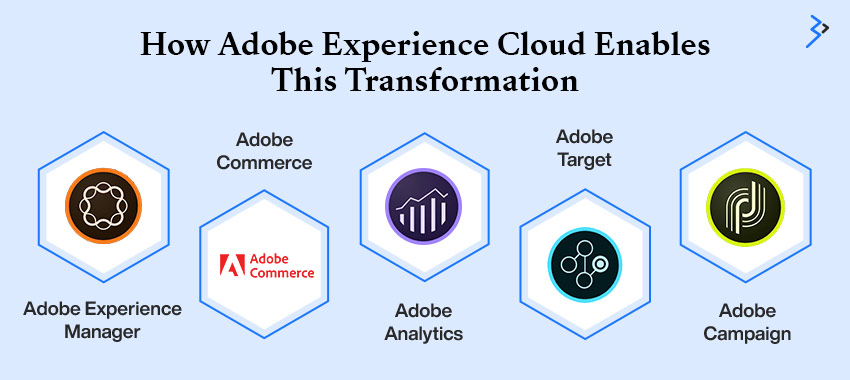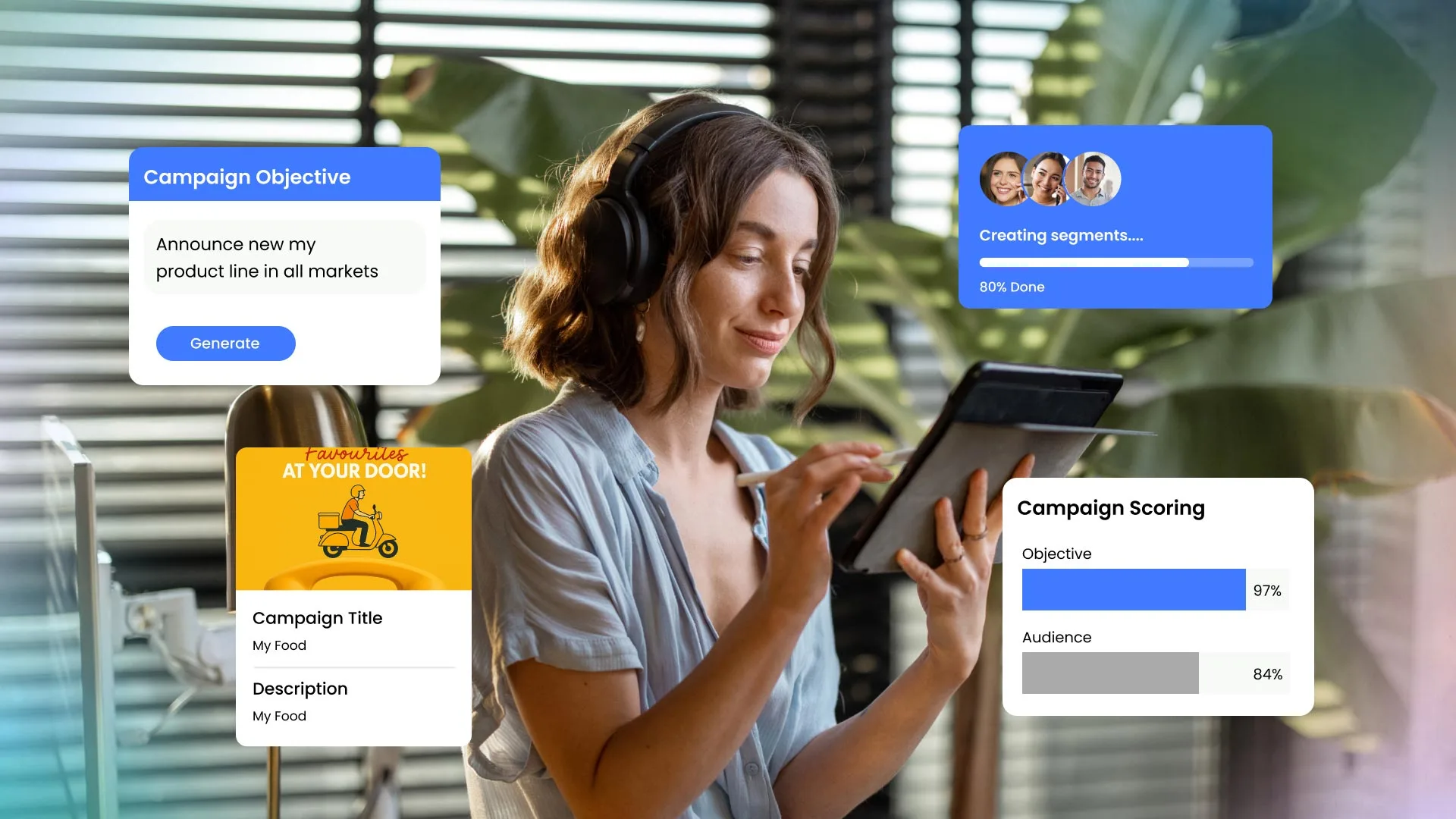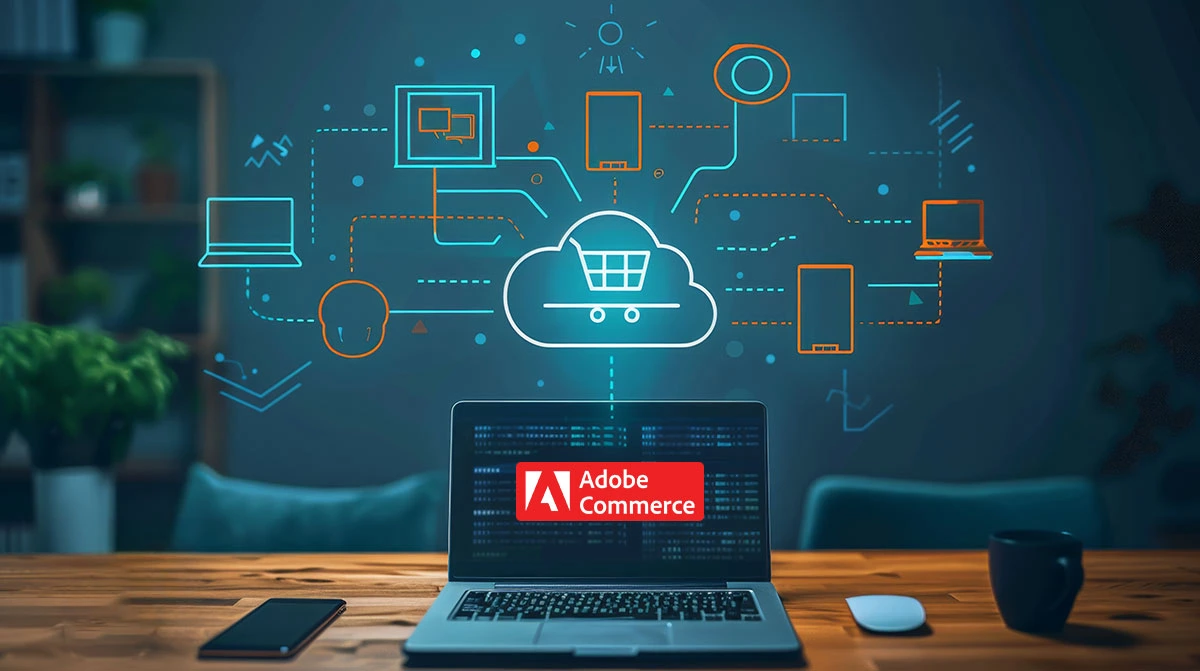The real estate world is changing dramatically. What was once all about paperwork and shaking hands is now a digital success story. A brand’s website is its most crucial shop window, and customers are starting their search on their phones and laptops, not on a landline.
With this shift, it’s clear that the real estate brands that will win are the ones that offer a smooth and customized online experience. One that connects your online research to your in-person purchase.
Thanks to cool technologies like virtual tours, a customer can move from just browsing to feeling a connection with a property. Explore as if they were there, no matter where they are.
The Power of a Single Source of Truth
Ever feel like a company’s different departments aren’t on the same page? That’s because they’re probably not! The biggest headache for most real estate brands is that their digital tools and customer data are a total mess. The digital marketing team uses one system, sales uses another, and service has a third. The lack of communication between these systems can lead to a fragmented experience.
It’s not just a collection of cool tools; it’s like a central command center for the entire business. It creates what we call a “single source of truth.”
Imagine all your customer information, searches, favorite properties, and questions, living in one smart, central place. That means no more guessing games! The marketing team knows exactly what to show you.
The sales team knows your interest before you even walk through the door. And the service team can send you the perfect tip after you’ve settled into your new home. This unified approach gives everyone a clear picture, translating into a faster, smoother, and more personalized experience for you.
The Rise of Immersive Technology: Redefining the Virtual Open House
VR, AR, and 3D modeling are game-changers in how properties are shown and sold. They turn a simple list of features and still photos into an interesting and exciting story. Their impact is too significant to ignore.
A report by Market Reports World shows that the global VR in the Real Estate Market will be worth a massive $17.22 billion in 2025 and grow to more than $36 billion in 2034. This enormous growth tells us that the whole industry is quickly moving towards using VR as a powerful tool. A big reason for this growth is the popularity of virtual tours. These 3D walkthroughs are much more than a simple trick. They’re an effective tool for attracting and turning people into real buyers.
- 87% more views: The National Association of Realtors & related analyses confirm listings with virtual tours receive around 87% more views than listings without.
- 31% faster sales & ~9% price premium: Matterport’s analysis of MLS data found listings with 3D tours sold up to 31% faster and fetched about 4–9% higher price depending on the market.
- 40% fewer wasted showings: Agents and industry insights estimate a 40% reduction in in-person showings due to virtual tours filtering out less serious prospects.
AR takes things even further. Instead of a digital copy, AR overlays computer-made information onto the real world. Customers can use their smartphone to see what an empty room would look like with different furniture, wall colors, or even a brand-new floor plan. Companies using AR report a 32% increase in productivity and a 46% reduction in task completion time, according to an IBM study highlighted in industry reports
The Foundation of a Great Experience: A Unified Digital Platform
You need a strong, connected platform to create these smooth, immersive experiences. Adobe Experience is the perfect complete solution. It offers tools that organize every step of the customer’s journey and bring all these technologies together in one place. Imagine a customer browsing a property online. Thanks to Adobe, the platform remembers its preferences. It knows they’ve been looking for houses in a specific neighborhood and automatically suggests similar ones. It even offers a personalized tour, highlighting the features it knows they’ll love, like a modern kitchen or a big backyard.
This personalized experience makes a buyer feel understood and valued, which helps them trust and feel loyal to the brand from the beginning. Personalization is the key to success in today’s marketing.
Instapage says that 91% of consumers are more likely to buy from brands that recognize them and offer them relevant deals. Adobe Experience is the difference between a generic, forgettable experience and experiences made just for them in the challenging real estate market.
Mapping the Modern Real Estate Customer Journey

The real estate journey is complicated, with many different stops. A truly effective digital plan has to handle each of these steps in a consistent and personalized way. Here’s how a unified platform can change the journey:
Stage 1: Awareness & Research
- The Problem: Homebuyers are swimming in too much information.
- The Solution: A powerful platform uses SEO-optimized content, personalized ads, and smart landing pages to attract potential buyers. Once a user arrives, Adobe Analytics tracks their behavior to determine what they want.
- The Impact: Instead of a generic website, visitors see properties and articles that match their interests, which creates an instant and engaging connection.
Stage 2: Exploration & Consideration
- The Problem: Buyers must narrow their choices down from hundreds of listings.
- The Solution: This is where immersive experiences shine. High-quality virtual tours, interactive floor plans, and 3D models let buyers check out properties from home. Adobe Experience Manager manages this rich content, which is delivered perfectly on any device.
- The Impact: Buyers can easily rule out properties that don’t fit and focus on a small, curated list of homes they’re genuinely interested in. This saves a lot of time for both the buyer and the agent.

Stage 3: Decision & Purchase
- The Problem: The paperwork and transaction process can be messy and complicated.
- The Solution: A combined e-commerce platform and digital document solution can simplify closing. We manage all transactions, from secure deposits to online contract signing, in one safe location.
- The Impact: Everything becomes faster, more open, and less stressful for everyone. It helps prevent a deal from falling apart because of complicated procedures.
Stage 4: Post-Purchase & Relationship Management
- The Problem: The relationship often ends after the sale, missing a chance for long-term loyalty and referrals.
- The Solution: The platform can send automated, personalized messages to new homeowners. These might include helpful tips, service recommendations, or maintenance advice.
- The Impact: The brand continues to be valuable long after the sale. Build trust and turn a client into a brand champion who will recommend them to friends and family. This focus on the entire customer journey truly sets a brand apart.
How Adobe Experience Cloud Enables This Transformation

Adobe’s tools offer a complete solution for managing the entire real estate customer journey, allowing brands to move from scattered efforts to a bright, data-driven plan.
- Adobe Experience Manager (AEM) is the backbone for creating and managing all digital content. It ensures that property pictures, descriptions, and virtual tours are consistent and delivered perfectly across websites, mobile apps, and other platforms. It also lets non-technical users update property listings quickly.
- Adobe Commerce (previously Magento Commerce) is a strong and secure platform for businesses that handle real estate transactions online. It can handle complex things like application fees and security deposits, or even selling home-related services. This integration makes the experience smooth and unified.
- Adobe Analytics is the brain behind the platform. It collects and analyzes customer behavior to provide deep insights into which properties are most popular, what features buyers are searching for, and where they get stuck. This data is the engine for all personalization efforts.
- Adobe Target is a tool for analyzing information to personalize things in real time. It can change website content on the fly, suggest properties, and do A/B testing to perfect every customer interaction. It also ensures every visitor sees the most relevant and appealing content possible.
- Adobe Campaign automates and personalizes marketing messages. It can send targeted emails to potential buyers with new listings based on their saved searches or personalized welcome messages to new customers. It makes sure that every message is timely and relevant.
Adobe Experience System gives everyone a single source of truth about customer information. It helps real estate experts make informed decisions and offer the best personalized service at every step. The future of the real estate business isn’t just about houses; it’s about the people and their experience. Brands that use technology to give a personalized, immersive, and seamless experience to every client will be the ones that succeed. The journey starts online, moves into the real world, and doesn’t end until long after the sale.
You need a partner who knows these solutions inside and out to handle this complex digital change. They can make your technology work smoothly and align with your business goals. That’s why a company like Brainvire, which offers a full-service package on Adobe Commerce Cloud, is a valuable asset to any real estate brand that wants to succeed in this new digital world.
FAQs
Properties with immersive features like virtual tours sell faster and for a higher price, with some reports showing they sell up to 31% faster and for up to 9% more.
Personalization builds trust and relevance by tailoring content to a buyer’s specific preferences, significantly boosting engagement and the likelihood of a sale.
Omnichannel for real estate professionals means seamlessly connecting a client’s online research and interactions with their in-person visits and communications, creating a single, consistent journey.
Adobe provides a unified platform to manage content (AEM), enable personalization (Target), analyze customer behavior (Analytics), and handle transactions (Commerce) all in one place.
Post-purchase engagement is crucial for building long-term relationships and brand loyalty. A brand that stays connected after the sale increases the chances of repeat business and positive referrals.
Related Articles
-
Unlocking Operational Insights with an AI Assistant in Adobe Experience Platform
Designed as a generative AI tool, the AI Assistant in Adobe Experience Platform will transform how consumers interact with Adobe Experience Cloud apps like Adobe Customer Journey Analytics, Adobe Real-Time
-
Exploring the Value of a Headless CMS with Adobe Experience Manager
In today’s business environment, a company’s internet presence is critical. A solid online presence may help your business expand by attracting new customers, generating revenue, and maintaining relationships with suppliers
-
Why Enterprises are Moving to Adobe Commerce Cloud for Scalable eCommerce?
Summary Choosing the right platform can be the most crucial aspect of your business! Wonder why? There are nearly 26 million eCommerce websites on the Internet, indicating that your business




